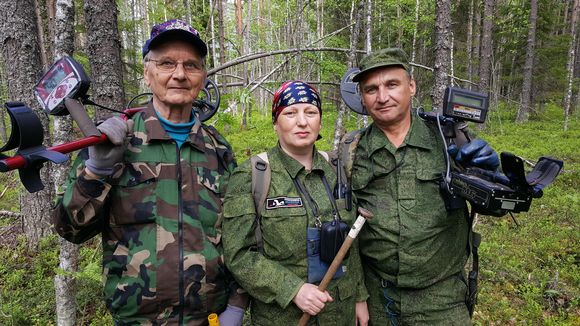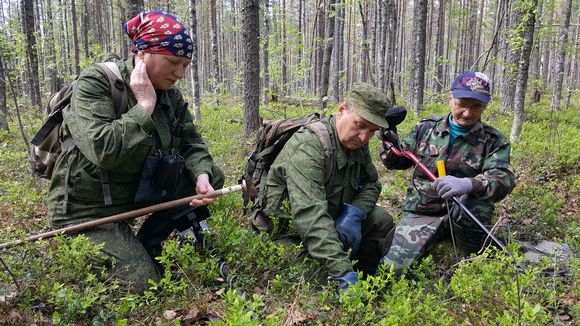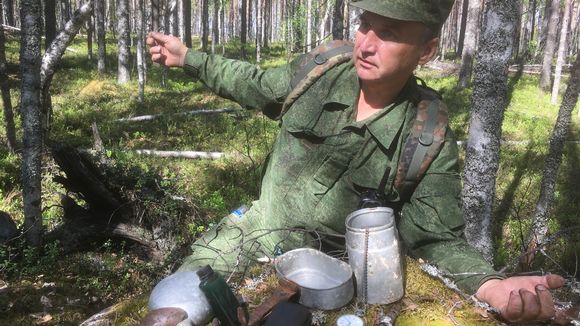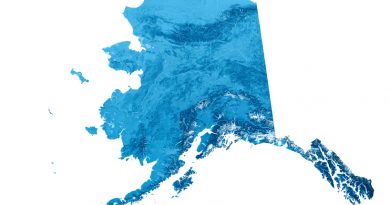Finnish grave hunter brings over 100 war dead home from Russia for burial

A Finnish man has brought back the remains of more than 100 fallen soldiers from Russian territory to be laid to rest on home soil. Seasoned grave hunter Ismo Mikkonen said that his aim is to ensure that the Finnish men who fought in World War II are identified and get proper burials.
In 1942, a fierce battle raged in the Kriv forests on the Maaselkä Isthmus north of Lake Onega in Soviet Russia. Over three days and nights, some 73 Finnish soldiers were cut down during the fighting. During the entire World War II conflict, war fatalities in the area reached just shy of 650.
Savonlinna resident Ismo Mikkonen has been combing the area for decades in search of the remains of Finnish soldiers. By Mikkonen’s count, the forest still conceals the remains of at least 15 servicemen.
“These people’s lives had no value,” he lamented.
Mikkonen is accompanied by a Russian couple, Nina and Oleg Stolepov, who are exploration hobbyists. At nearly 80 years old, Mikkonen has been combing these forests for 24 summers.
“People were brought here in their prime to kill or die. We cannot forget anyone and the least we can do is to try and find them with the means and measures that we have,” Mikkonen said.
Metal detectors and birch markers

During the heat of the battle, bullets whizzed through the forbidding forests. Nowadays, the almost constant beeping of metal detectors mingles with the sounds of nature.
The grave hunters use them to try and locate metallic objects such as metal plates, buttons or belt buckles that could possibly lead them to long-hidden bodies. However, the search party mostly comes across red herrings.
“This is grenade shrapnel. The ground is full of them,” Stolepov said.
For his part, Mikkonen scans the ground, especially focusing on birch trees.
“Birch often grow on ground that contains human remains,” he explained, referencing his experiences in Aunus or Olonets, a district in Russian Karelia.
Endless quest for war dead
After Finland’s Winter and Continuation Wars with Russia, some 12,000 fallen soldiers remained unburied on the battlefield. Finns have been able to go in search of their war dead since 1992, when Finland and Russia struck a bilateral agreement on the matter.
“So far about 1,200 of them have been found,” said Pertti Suominen, head of the Association for Cherishing the Memory of the Dead of the War.
Mikkonen is one of the most active in the quest for the dead soldiers, and he has single-handedly found the remains of more than 100 deceased servicemen.
“I think that I have brought back the equivalent of an entire company. On my best trip I found 20 men in one outing,” he noted.
Only a minority identified

When the hunters stumble upon soldiers’ remains, they often find personal belongings nearby. For example last August the Stolepovs found a Finnish lieutenant and his backpack.
The pack contained objects such as a mess kit, canteen, fob watch, shaving gear and a fountain pen, all amazingly well-preserved. Authorities in Finland are currently working to identify the remains of the backpack’s owner.
According to Suominen, officials have been able to identify just 345 of the remains found.
“Some 70 of them are from the Winter War and 275 from the Continuation War,” he expanded.
When Mikkonen does find remains of Finnish soldiers, he hands them over to St. Paul Church in Vyborg, where they are stored. Every year Russian officials hand over the bones to Finnish authorities, where officials conduct DNA tests that generally reveal the identity of the fallen.
Remains that have been identified are laid to rest in their hometowns. The majority of unidentified war heroes are buried in Lappeenranta. The last mass burial of unknown fallen soldiers took place in May, when 38 were committed to their final resting place.
Mikkonen said that he has received a great deal of positive feedback from grateful relatives of the dead and has even been invited to funerals. He said, however, that his greatest reward is knowing that soldiers who had once lain unidentified in the forest have been returned to their homeland with their identities established.
“It is a kind of unique feeling, knowing that my life here is not in vain. It is the best reward,” he said, fighting back tears.
Related stories from around the North:
Canada: Historian’s book explores Northwest Passage history, Radio Canada International
Finland: Heritage hunting in Finnish forests, Yle News
Norway: History revealed by WW2 wrecks in Norway’s Arctic fjords, Barents Observer
Russia: Russia’s Arctic culture heritage sites get protection, Barents Observer
United States: Alaska National Guard honors country’s first Iñupiaq two-star general, Alaska Public Radio Network



